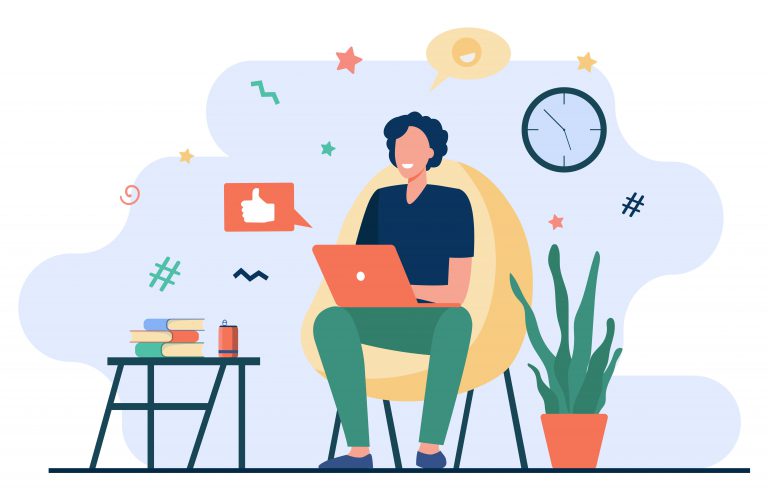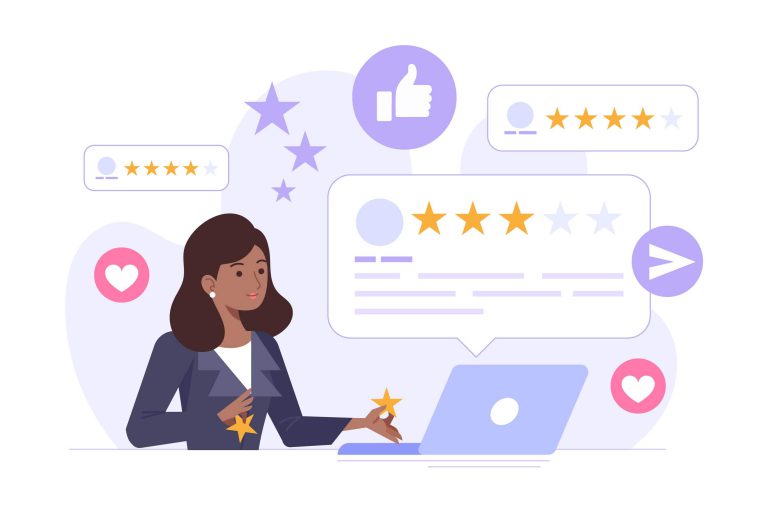UK eCommerce sales are growing at a 15% yearly rate as per the Center of Retail Search. With such advancing numbers, it is more than necessary for retailers and marketers to understand the behaviour of their users to optimize their business. By getting knowledge on the interplay between customer attitude and actual behaviour, you can pick valuable insights on the customer journey from browsing to making a purchase.
With the right knowledge and approach, you can significantly increase your conversions and improve the experience of your prospects and customers. We have done the hard work for you and collected our findings in this blog. This blog will give you insights and a deep understanding of what you should be focusing on and the areas in your Business that are directly linked to a higher conversion rate.
Key findings
Browsing Habits
As per research and studies, the number of eCommerce stores buyers browse is associated with the product category. Buyers explore multiple sites for home and furniture, electronics, etc. Electronics are products of higher consideration that feature higher price points, therefore more shopping. Home and furniture, on the other hand, are a reflection of personal choices. In addition, they also have high price points.
Apparel and Accessories and Health and Beauty have typical high brand intent. These are shopping categories featuring the most loyal site browsers.
Comparing Habits
You can segregate your buyers by the amount of force they showcase for their purchases. Studies show that an average of two-thirds of buyers have a specific product in mind when looking for products online. On the other hand, on average, 41% of buyers tend to browse for different products to compare on the same website. 13% on average add products to shopping carts without making a purchase right away. They are most likely to use some comparison shopping tool.
When we further break down the data by category, Baby care buyers are the ones who are most likely to browse for multiple products on the same website. You can easily find examples in your particular business niche and get insights about the best ways to approach your target audience from those examples.
In the food and grocery category, nearly 20% of shoppers put items in their shopping carts and do not make an immediate purchase. They build their shopping cart over time to further create a weekly or bi-weekly buy.
Why do they browse multiple sites?
Shoppers and visitors often browse various sites to search for the same products. Better selection and better prices are two of the main reasons why shoppers browse on varying sites. Some buyers look for adequate information while searching for the products they desire to purchase. If they do not get sufficient details on the site, they move on. Therefore, product information, high-quality images, and informative videos are paramount. People search for better prices and offers on varying sites and buy from where they get the best price.
Browsing and Buying Frequency
Frequency
Almost two-thirds of online buyers browse for the core product categories on the net at least once a month. As per studies, nearly 47% of online buyers report purchasing products once every month. There is divergence among product categories when speaking of product purchase frequency. For instance, baby products are purchased more often, and electronics are purchased less frequently. Grocery, on the other hand, is one of the strongest categories in the UK. People make grocery purchases very often.
Purchase decision cycle
When it comes to thinking about purchases before making a final buy, buyers showcase different tendencies. Different buyers take varying time spans to decide. Some shoppers make spontaneous decisions and purchase a product in a couple of hours, while others consider their decision for a couple of days.
Consumers display differing tendencies in terms of amount of time thinking about their purchases before actually making them. However, in categories like home decor and electronics, there are high instances of extended purchase decisions. People start thinking about home decor and electronics weeks and months before making a buy.
How often do shoppers purchase on impulse?
Studies suggest that nearly 28% of shoppers, on average, purchase online on impulse. Such stats stress how essential the marketing opportunity in the eCommerce industry is. But, impulse purchases are commonly in categories like baby products, stationery, grocery, toys, etc. When it comes to expensive categories like electronics, there is no impulse shopping.
Winning Tips:
Listed below are some tips that can help you boost sales:-
Customer Reviews:- Online retailers should encourage their customers to review the products they purchase along with pictures. Studies suggest that most customers go through customer reviews before making a buy.
Product Descriptions:- Online stores should ensure they have adequate product information and description uploaded on their product pages. Buyers often leave the site if they do not find sufficient information.
Mobile and Shopper Empowerment
Smartphones are proving to be the most used eCommerce device. Whether it is researching, making a purchase, or connecting with retailers, buyers mostly use smartphones for them all. Using smartphones for buying goods is a practice at home, at work, and even on the go. People look at product details, compare prices, and even make purchases using smartphones. Ecommerce stores need to ensure that their apps and mobile sites are optimized to help customers navigate to information swiftly. Smartphones are bringing eCommerce into zones that feature enhanced implications for marketers. Therefore, to boost your eCommerce sales, make sure to improve your website for mobile phones.
Conclusion
Retailers and brands need to use all possible ideas to understand the path of buyers to purchase. Data from online shopping history and user behavior can combine and help you work on your eCommerce store’s infrastructure. You can also design personalized marketing based on UK ecommerce user behaviour. And one should make changes at the earliest as buyers are merely a click away from shifting to another product or site.




.png)




.png?h=250&fm=webp)
.png?h=250&fm=webp)
.png?h=250&fm=webp)



.png?h=250&fm=webp)
.png?h=250&fm=webp)
.png?h=250&fm=webp)


.png?h=250&fm=webp)



.png?h=250&fm=webp)
















.png?h=250&fm=webp)

.png?h=250&fm=webp)
.png?h=250&fm=webp)



































































































































.png?h=250&fm=webp)


.jpg?h=250&fm=webp)





 copy.png?h=250&fm=webp)























_ Why do you need one.png?h=250&fm=webp)


























































.jpg?h=250&fm=webp)

.png?h=250&fm=webp)



.png?h=250&fm=webp)

.jpg?h=250&fm=webp)




.png?h=250&fm=webp)









.jpg?h=250&fm=webp)
